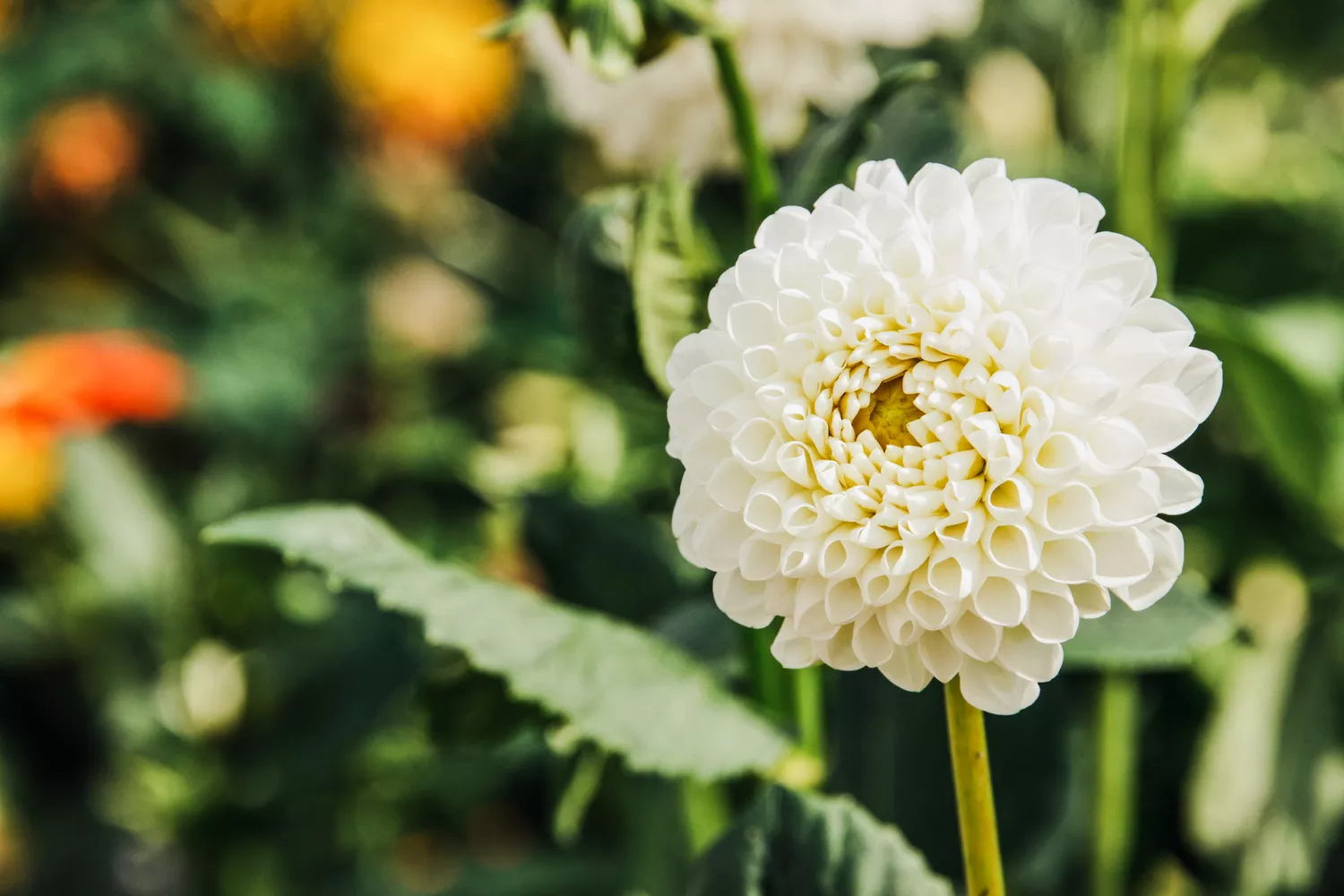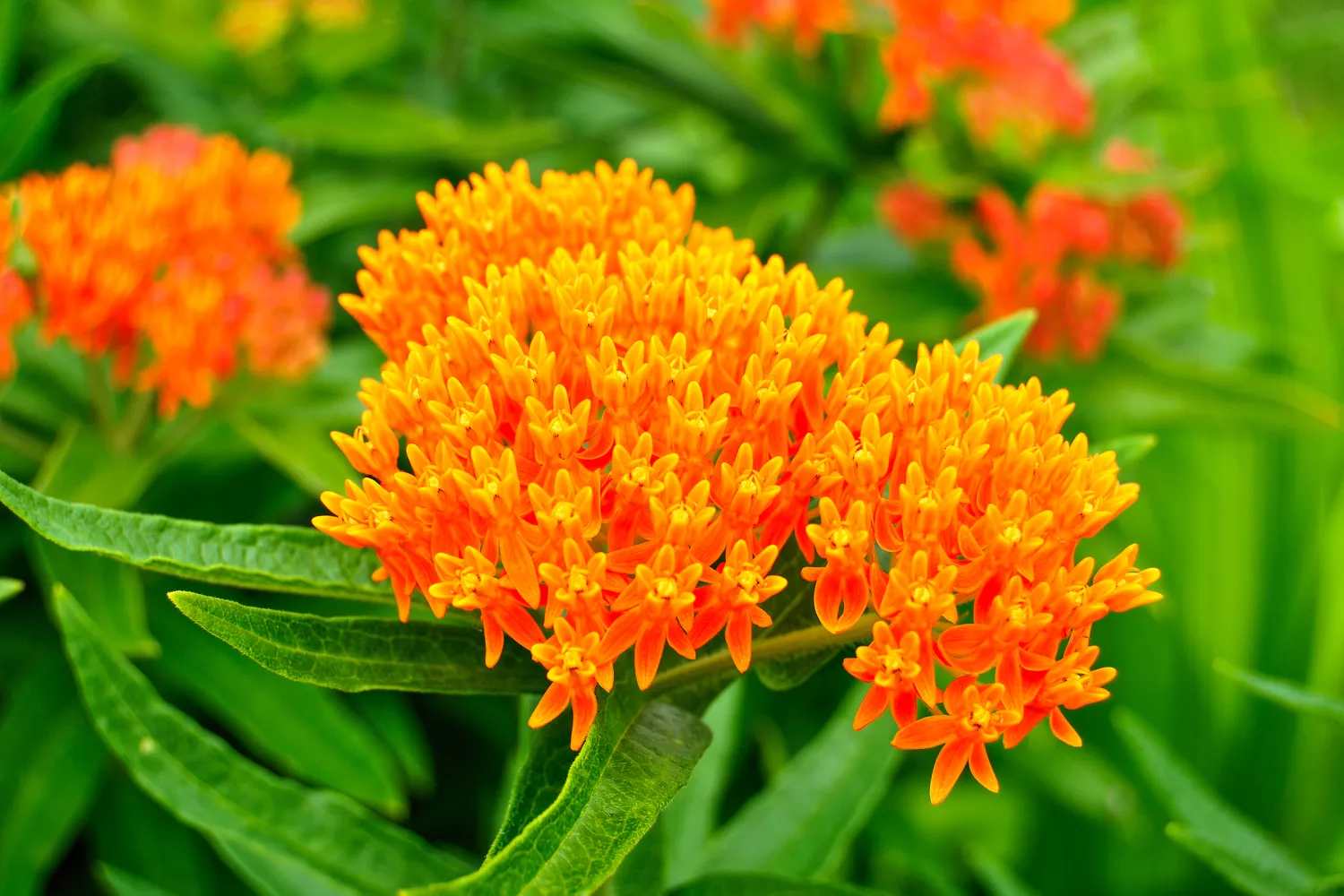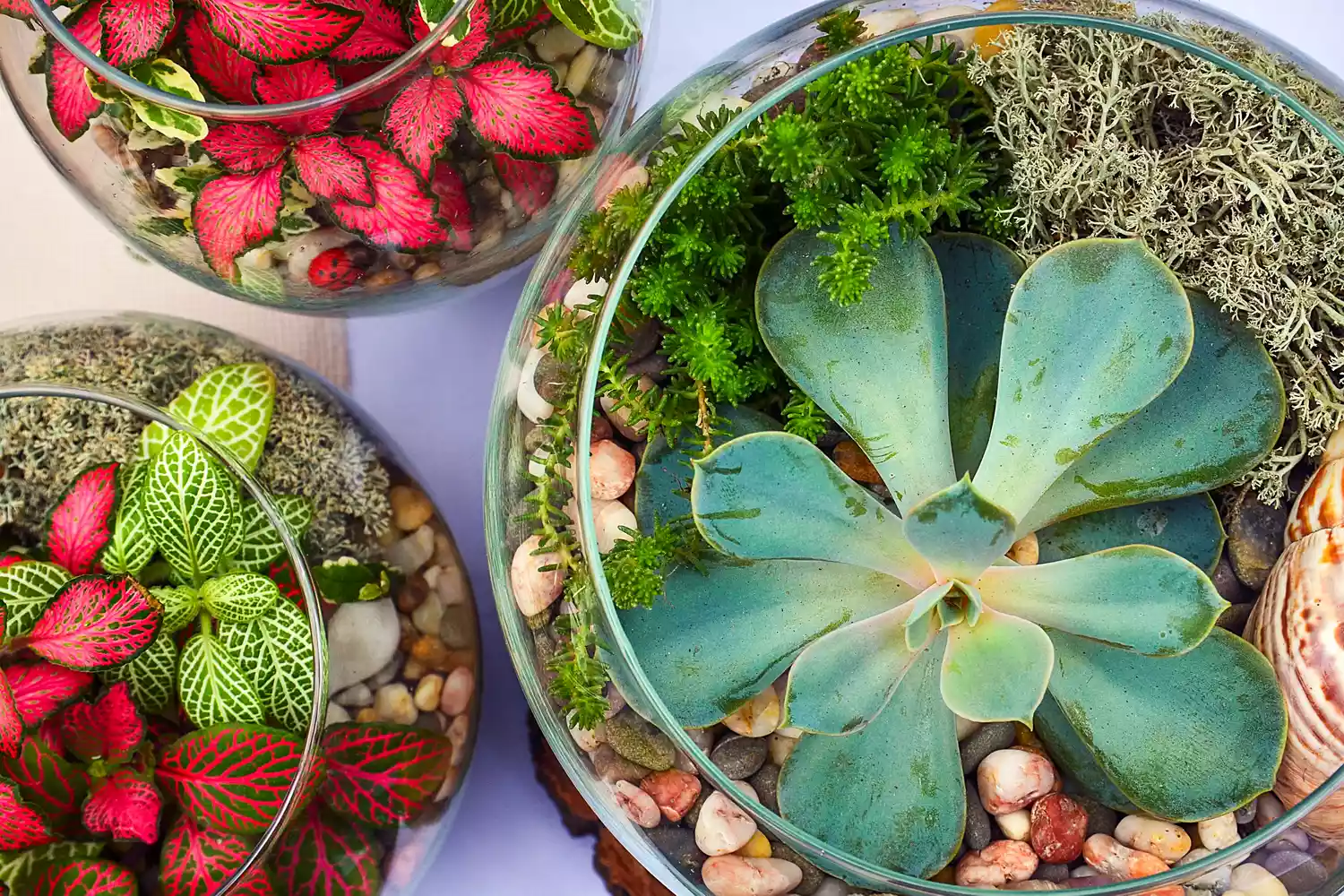
In the garden, couple of blossoms have as much of a visual effect as white flowers. Large white dahlias and lilies are ideal if you’re growing a cut garden and want to snip these blooms to make flower arrangements, while angel’s trumpet makes a fantastic addition to containers.
Angel’s trumpet (Brugmansia) is defined by its dramatic, trumpet-shaped white flowers and can be grown in the garden or in containers. No matter where you plant the flower, it is ensured to shine. “It has a lovely fragrance in the evening that makes strolling near it reminiscent of a moonlit stroll,” states Jim Sutton, associate director of display style at Longwood Gardens. “I recommend overwintering it inside or in a greenhouse in cooler locations considering that this semi-shrub grows and much better with age.”
For a blossom that will make a great addition to your cut garden, consider planting Casablanca lilies (Lilium asian ‘Casa Blanca’). This range boasts gorgeous, pure white flowers with red anthers and has a spicy-sweet fragrance. “They’re easy to grow in borders where the thin stems will rise above other perennials to show the stylish flowers,” says Peggy Anne Montgomery, a gardener with the garden media group representing FlowerBulbs.com. Casablanca lilies are a long lasting cut flower when snipped from your garden and contributed to an arrangement.
“The huge trumpet shaped flowers emerge pale yellow but quickly turn to pure white, 5-inch flowers,” states Montgomery. The plant is resistant to deer and squirrels and makes for an outstanding cut flower.
One part of the name that does ring real however, is ‘snowdrop,’ which defines the shape of this flower’s blossoms. “The fragrant, bell-shaped flowers are produced on slender arching stems and flower for an incredibly long time,” says Montgomery.
Summertime snowflake has many uses in the garden– it can be planted in rock gardens, under deciduous trees, in shrub borders, as a ground cover, in woodland gardens, and in flower beds, states Montgomery.
While there are lots of ranges of ornamental onion, white giant (Allium stipitatum ‘White Giant’) will steal the show come late spring and early summer season. “The white globes are largely packed with hundreds of snow-white florets with deep green eyes,” states Montgomery.
If you’re looking for a white flower to match the other blossoms growing in your garden, white gaura (Oenothera lindheimeri) is a terrific fit. “White gaura is a fragile weaver type of flower that will intertwine with other plants in a mixed border,” says Sutton.
An essential early season nectar source for pollinators, snowdrops (Galanthus)– slightly different from summertime snowdrops– are among the extremely first plants to flower each spring (they can even flower when snow is still on the ground!). “It is a reminder that the warm days of spring and a new gardening season is ideal around the corner,” says Montgomery. “They are basic to grow and they multiply easily and can be divided in just a couple of years time to start brand-new nests or to share with good friends.”
White tulips (tulipa) work as a symbol of serenity in the garden, plus they’re an indication that spring is near. “They are also the most convenient to integrate with other spring flowering plants due to the fact that every color is accented by white,” says Montgomery. White tulips come in a wide range of flower kinds and sizes, ‘White Triumphator’ is Montgomery’s preferred. “This lily-flowered tulip has ivory flowers with pointed petals and is among the most seasonal,” she states.
Dahlias are readily available in almost any color, but they’re specifically beautiful in white. “For a beautiful garden plant that makes an exceptional cut flower, I especially like Dahlia ‘Bridezilla’ with its big waterlily-like flowers,” says Sutton. “Though tall, its stems are strong enough to hold the large, pure white flowers and it will likely will not require staking.”
White bearded iris (Iris germanica) has been in cultivation for centuries and is one of the most popular and easy to grow kinds of iris around. “The high sturdy stems don’t require staking,” says Montgomery. “The blooms are so beautiful they were the motivation for the well-known French Fleur-de-lis.” The flowers make an incredible cut flower and are deer resistant. When looking after this flower, keep in mind they don’t like to be mulched. “If the rhizomes are too deep they could establish root rot,” states Montgomery.



